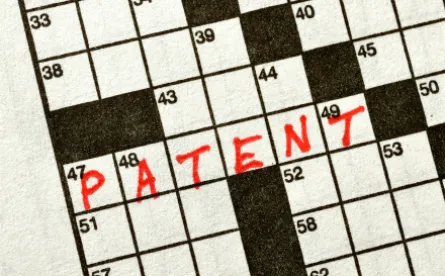In re: Board of Trustees of the Leland Stanford Junior University, Appeal no. 2020-1012 (Federal Circuit, March 11, 2021) a three judge panel of Prost, Lurie and Reyna affirmed the ruling by the Board of Appeals that the claims of U. S. Serial No. 13/445,925 are patent ineligible, as directed to an abstract idea with no further inventive step. I tend to think of Judges Reyna and Prost as being in favor of a broad interpretation of the Mayo/Alice test and Judge Lourie as being less happy with the test but bound to apply it. However in American Axle, Lourie and Chen voted to rehear the appeal en banc while Judge Prost voted not to. Here, Judge Reyna wrote for the panel.
The claims on appeal were directed to an improved method to determine haplotype phase. As summarized by the panel:
“Haplotype phasing is a process for determining the parent from whom alleles—i.e., versions of a gene—are inherited. A haplotype phase acts as an indication of the parent from whom a gene has been inherited. … [According to the specification] improved haplotype phasing techniques ‘promise to revolutionize personalized health care by tailoring risk modification, medications and health surveillance to patients’ individual genetic backgrounds.’”
I won’t reproduce the claims here. Claim 1 is almost two pages long. I can identify 8 steps. One is particularly interesting:
“determining a haplotype phase for at least one member of the [human] family based on the pedigree data for the family, the inheritance state for the information described in the allele data, the transition probability data, and the population linkage disequilibrium data using a computer system comprising a processor and a memory”.
The invention basically uses a statistical tool, “a Hidden Markov Model having hidden states.” This statistical tool allows the calculation of the probability of an event that is unknown by linking related known events, and is an improvement over the accuracy of earlier statistical tools. Claim 9 is a dependent claim involving using the end product output of claim 1:
“Determining whether at least one genetic variant associated with disease is within the stored haplotype phase [determined in claim 1] by utilizing the haplotype phase to query a disease associated-single nucleotide polymorphism [SNP, right?] database using a computer system…determining a drug for treatment of at least one member of the family based on information regarding drug-variant-phenotype associations from a pharmacogenomics database and the determination whether the at least one genetic variant associated with disease is within the stored haplotype phase using a computer…storing the determined drug…and providing the determined drug in response to a request using a computer system…”
After defining claim 1 as a method to process data to arrive at improved data, via an abstract mathematical calculation, the panel dismissed the claims reciting selecting a drug to treat an identified disease as doing “nothing more than recit[ing] the haplotype phase algorithm and instruct[ing], ‘apply it’, as the Supreme Court has prohibited.” Of course, the panel leaned heavily on Parker v Flook and Gottschalk v Benson. But this is a claim to a method that is, in fact, broadly applicable. Would it be patent eligible if it recited one disease and one drug that is able to treat it?
The panel distinguished McRO v Bandai Namco Games Amer. by agreeing with the Board that the present claims are “unlike those covering animation of 3D characters in [McRO], which improve ‘the computer animation process itself.’” Athena v Mayo is even cited but I can’t tell you why. Readers, when a method of providing more realistic facial expressions to cartoon characters is patent eligible while a method for using an analysis of the genes of family members that more accurately can predict the existence of differences that permit the diagnosis of known disease states that are susceptible to an identified drug is not a practical application of the recited mathematical processes, we have entered the realm of the surreal.


 />i
/>i

